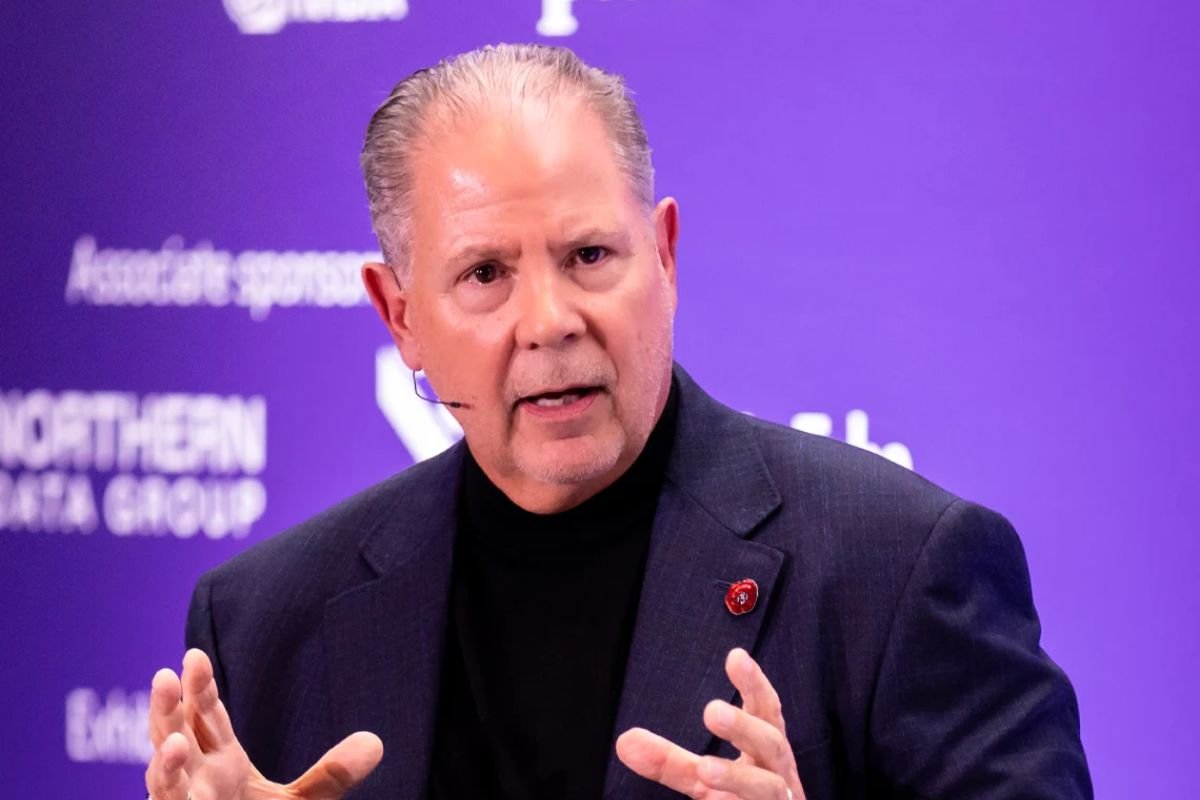In early 2023, IgniteTech CEO Eric Vaughan made the boldest decision of his career: replacing most of his workforce to drive an AI-led transformation. By the end of 2024, nearly 80% of the company’s staff had been replaced, according to figures reviewed by Fortune, marking one of the most aggressive corporate pivots to generative AI.
A Painful Transition
Vaughan said the move was not planned but became inevitable after employees resisted AI training and adoption. Despite dedicating 20% of payroll to education, reimbursing for AI tools, and instituting “AI Mondays” where all work revolved around AI projects, skepticism persisted. Surprisingly, Vaughan noted, technical staff were the most resistant. Many questioned AI’s limitations instead of its possibilities, while sales and marketing staff showed greater enthusiasm.
This resistance reflected broader workforce trends. A 2025 WRITER survey found one in three employees admitted to sabotaging their company’s AI rollout—rising to 41% among millennials and Gen Z. Acts of resistance ranged from refusing training to generating deliberately low-quality outputs. Kevin Chung, WRITER’s Chief Strategy Officer, explained that sabotage often stems not from fear of replacement but from frustration with immature tools and unclear strategies.
For IgniteTech CEO Eric Vaughan, however, persuasion had limits. “You can’t compel people to change, especially if they don’t believe,” he said. The company launched a large-scale recruiting effort, hiring “AI Innovation Specialists” across all departments. A critical hire was Chief AI Officer Thibault Bridel-Bertomeu, who spearheaded a reorganization where every division now reports into the AI function—a move Vaughan said prevented siloed projects and accelerated knowledge sharing.
Results and Lessons
The overhaul produced results that Vaughan insists validated the pain. IgniteTech launched two patent-pending AI products, including an AI-based email automation platform, and delivered customer-ready solutions in as little as four days. Financially, the company remained strong, finishing 2024 with “near 75% EBITDA” and completing the acquisition of Khoros. Vaughan argued that empowering employees with AI capabilities enabled them to “multiply themselves” and perform at unprecedented speed.
The strategy, while ruthless, addressed many problems highlighted in WRITER’s research: lack of investment, fragmented approaches, and absent leadership. Yet the trade-offs illustrate the central dilemma companies face—whether to retrain or replace.
The Wider Debate
Other firms are grappling with similar choices. Joshua Wöhle, CEO of AI upskilling provider Mindstone, contrasted IgniteTech CEO Eric Vaughan’s approach with Ikea’s investment in reskilling, versus Klarna’s pivot to AI-driven customer service that reduced workload by the equivalent of 700 full-time agents. Wöhle argued that augmentation generally outperforms automation but acknowledged that dismissing resistant workers can sometimes be the “kinder” path, given the pace of change.
He attributed resistance to a “boy who cried wolf” effect: after technologies like NFTs and blockchain overpromised and underdelivered, many workers are skeptical about AI. They resist because they want AI to fit old workflows, Wöhle noted, but once processes are reimagined, productivity gains are dramatic.
For IgniteTech CEO Eric Vaughan, there was no alternative. “Every company—literally every company—is facing an existential threat by this transformation,” he said. His case suggests that while mass replacement is drastic, it may sometimes be the fastest path to reshaping corporate culture for the AI era.
Visit Enterprise Wired for the most recent information.










